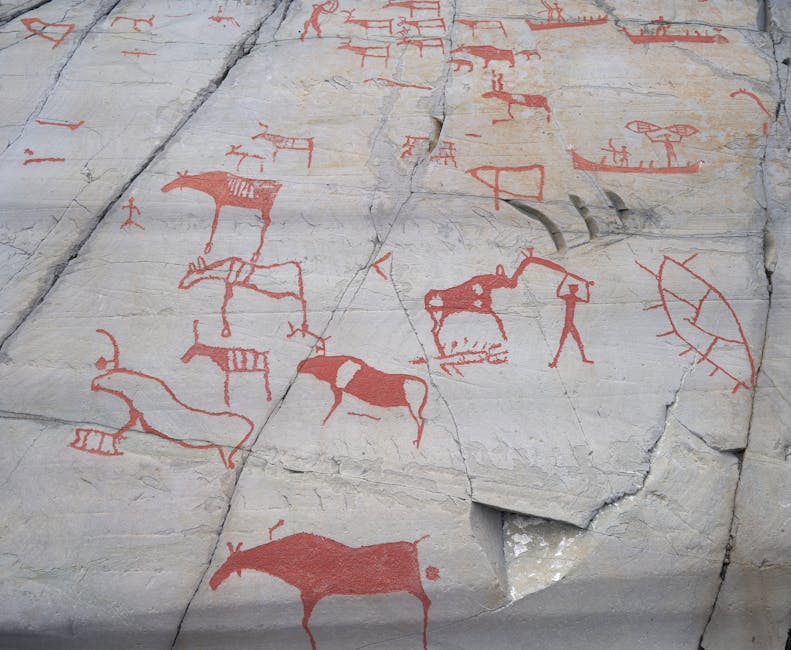
Prehistoric Rock Art: Uncovering the Ancient Language of our Ancestors
Prehistoric rock art is a fascinating glimpse into the ancient world. Dating back thousands of years, these unique and mysterious creations offer a window into the lives and cultures of our ancestors. From cave paintings to petroglyphs, these captivating works of art hold hidden meanings and provide valuable insights into the past.
One of the most famous examples of prehistoric rock art can be found in the Lascaux caves in France. Discovered in 1940, these cave paintings depict various animals and scenes from daily life. The precise techniques used by our ancestors to create these masterpieces are still a subject of awe and wonder.
But what is the significance of these prehistoric artworks? While there is no definitive answer, experts speculate that they served multiple purposes. Some suggest that they were a form of communication, conveying important messages and stories. Others believe that they had religious or spiritual significance, representing beliefs and rituals.
Deciphering the meanings behind prehistoric rock art is no easy task. It requires a deep understanding of the cultural context and symbolism used by ancient societies. Studying these artworks can provide valuable clues about the social, economic, and religious aspects of prehistoric communities.
Interpreting prehistoric rock art requires a multidisciplinary approach. Archaeologists, anthropologists, art historians, and even geologists work together to unlock the secrets hidden within these ancient creations. By combining scientific analysis with a holistic understanding of human culture, researchers can paint a more complete picture of our distant past.
As technology advances, new methods of studying prehistoric rock art emerge. High-resolution imaging techniques allow us to capture every intricate detail of these fragile artworks, preserving them for future generations. Digital tools also enable researchers to analyze the pigments used and gain a deeper understanding of the artistic techniques employed.
The study of prehistoric rock art continues to captivate and inspire researchers and art enthusiasts alike. By examining these ancient artworks, we can broaden our knowledge of human history and gain a deeper appreciation for the creative abilities of our ancestors.
So next time you come across a photograph or visit a prehistoric rock art site, take a moment to reflect on the immense cultural heritage these artworks represent. Each stroke of pigment carries a untold story, waiting to be discovered and shared.
